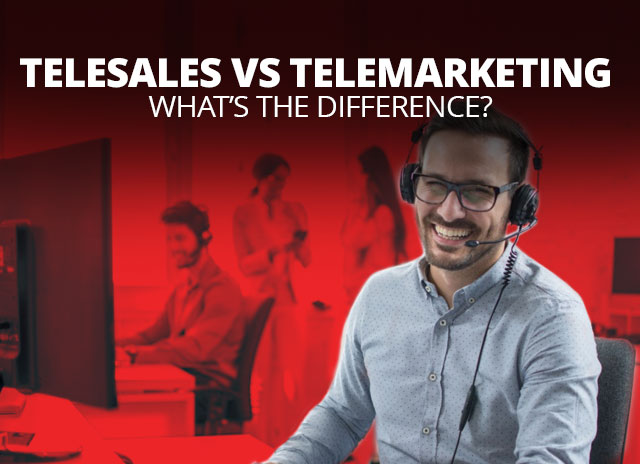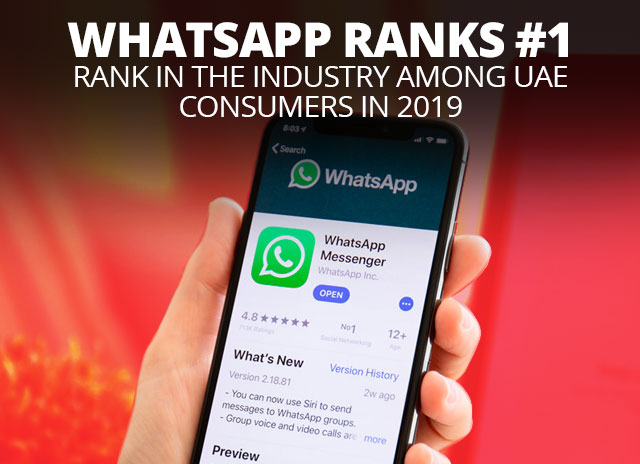Telesales Vs Telemarketing – What’s the Difference?
Atlanta, Georgia had the most call center employees of any US city as of 2017, with an estimated 121,480 workers. Dallas, Phoenix, Tampa, and Houston rounded out the top five. But that doesn’t mean all the call center employees in Atlanta or Dallas are doing the same type of work.
For instance, there are critical differences between telemarketing and telesales. To the untrained ear, “telesales” and “telemarketing” are the same thing, but they require different strategies and different skill sets live casino go. Here’s what you should know about the key differences between telesales and telemarketing.
Telemarketing is broader
Telemarketing covers a wider range of activities than telesales. Someone who is a telemarketer has to do more than just sell something to the other person on the end of the line. They’re also trying to find out as much information as possible about who, exactly, is on the other line. When they do that, they have a better chance of pulling off a successful call.
Let’s use cold calling as an example. Cold calling is a staple of call centers, but it works a bit differently depending on your objective. For instance, someone who is making a telemarketing call might approach the call like this: “Hello, this is (name) with (company). We’re calling to talk about your (service) today.”
They first want to find out if the customer is happy with how things are going before trying to sell them on something new. It may help to think of telemarketing as a bit like what happens when you walk into a clothing store and someone asks, “Can I help you with something today?” They’re trying to let you direct the call, at least a little bit.
But telemarketers must be careful as well. If they don’t phrase things in just the right way as soon as the call begins, they’re taking a risk. Fewer people are answering their phone because they’re concerned about spam calls.
It’s up to you to prove right away that you have something valuable to offer. If someone picks up an unfamiliar number, you may only have a few seconds to convince them to stay on the line.
Telesales are more focused
You have to stick to a script, at least at first, and this is especially vital with telesales. As you may have guessed, telesales are more focused on selling something.
It’s OK to view telesales as more goal-oriented, because in many ways, it is. You want the person on the other end to hear what you’re saying, but you’re probably not going to say things like, “Can I call back later to discuss this with you?”
With telesales, everything feels more immediate. In a call center, that means you need all your equipment to be up and running. It can’t let you down just as you finally sense the person on the other end is interested in what you have to say and the product you’re selling.
That’s why the best telesales and telemarketing operators have one thing in common: call center integration through an omnichannel platform, like what you’ll find with an Oracle contact center. These contact centers give your operators access to things like real-time statistics.
Real-time statistics are vital when you’re trying to figure out if an approach is working or backfiring. This call center solution can integrate with your cloud to give you more flexibility.
In a call center, you can never lose sight of the person on the other end of the line. That’s true of both telesales and telemarketing. Personalized solutions help you serve your customers better without overwhelming your operators. A call center is always going to be fast-paced, but that doesn’t mean the people who work in them should be hitting a wall or burning out.





